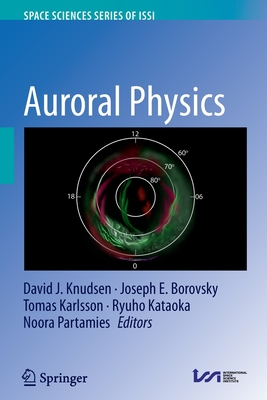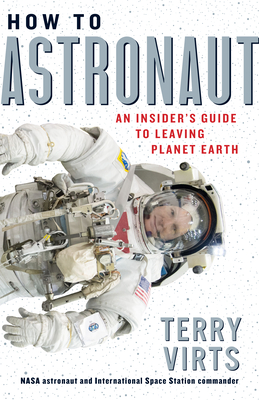Description
This volume surveys our current scientific understanding of the terrestrial aurora. It is organized into eleven reviews detailing theoretical and observational aspects of characteristic auroral morphologies, and how these in turn are organized according to local time, latitude, and activity level.
Popular descriptions often attribute the aurora to the interaction of charged particles from the solar wind with atoms in the upper atmosphere. In fact, most auroras are not the result of direct entry of solar wind particles. Rather, as detailed in this volume, auroral particle acceleration and generation of auroral forms occur primarily within the magnetosphere. Importantly, many key aspects of the aurora - most notably, the physical mechanisms responsible for the generation of discrete arcs - are still unexplained, and auroral physics continues to be an active area of scientific research. Each review chapter therefore includes a summary of open questions for further investigation.
Providing the first comprehensive review of the terrestrial aurora in two decades, this book will aid both active researchers and newcomers interested in understanding the current state of the field.
Previously published Space Science Reviews in the Topical Collection "Auroral Physics"
About the Author
David Knudsen is a professor of space physics in the Department of Physics and Astronomy at the University of Calgary, Canada. He is the lead scientific investigator for satellite instruments that include the Swarm Electric Field Instruments and the ePOP Suprathermal Electron Imager; his research interests focus on the causes and consequences of auroral phenomena. Joe Borovsky's current research interests focus on structure in the solar-wind plasma, on solar-wind/magnetosphere coupling, on the dynamics of the Earth's magnetosphere, and on applying systems science to the magnetospheric physics. In his career he has been involved in theoretical, computational, and experimental physics with emphasis on space plasma physics. He received a B.S. in astronomy and mathematics from the University of Michigan and received an M.S. and Ph. D. in physics from the University of Iowa. Tomas Karlsson in professor in space plasma physics at KTH Royal Institute of Technology, Stockholm Sweden. His main interests are, apart from auroral physics, solar wind, foreshock and magnetosheath small-scale structures. He is also passionate about teaching. Ryuho Kataoka is an associate professor at National Institute of Polar Research, Japan. He is developing ground-based high-speed imagers of auroras. His research interests includes the space weather forecast of auroral phenomena. Noora Partamies works as a faculty member in the space physics group at the Department of Arctic Geophysics of the University Centre in Svalbard. Her research focus is on the energetic particle precipitation and its effects on the neutral atmosphere. She further has an extensive experience in ground-based data analysis for auroral studies.



